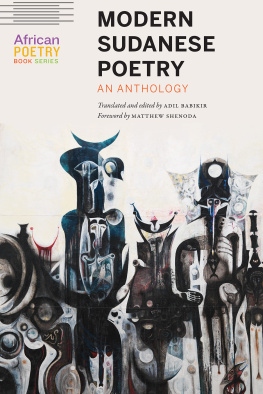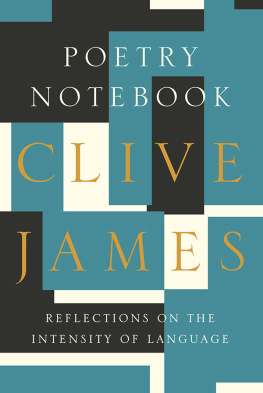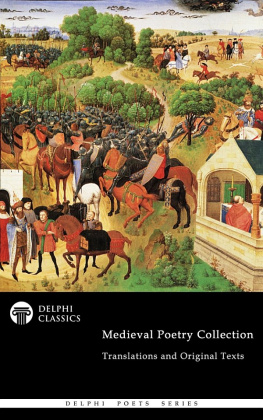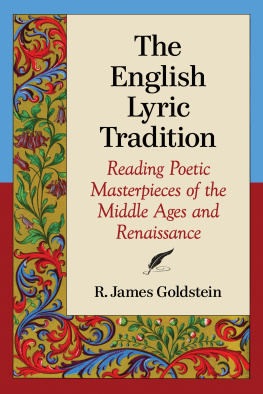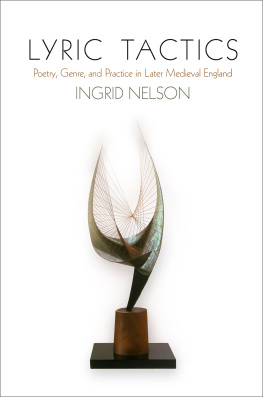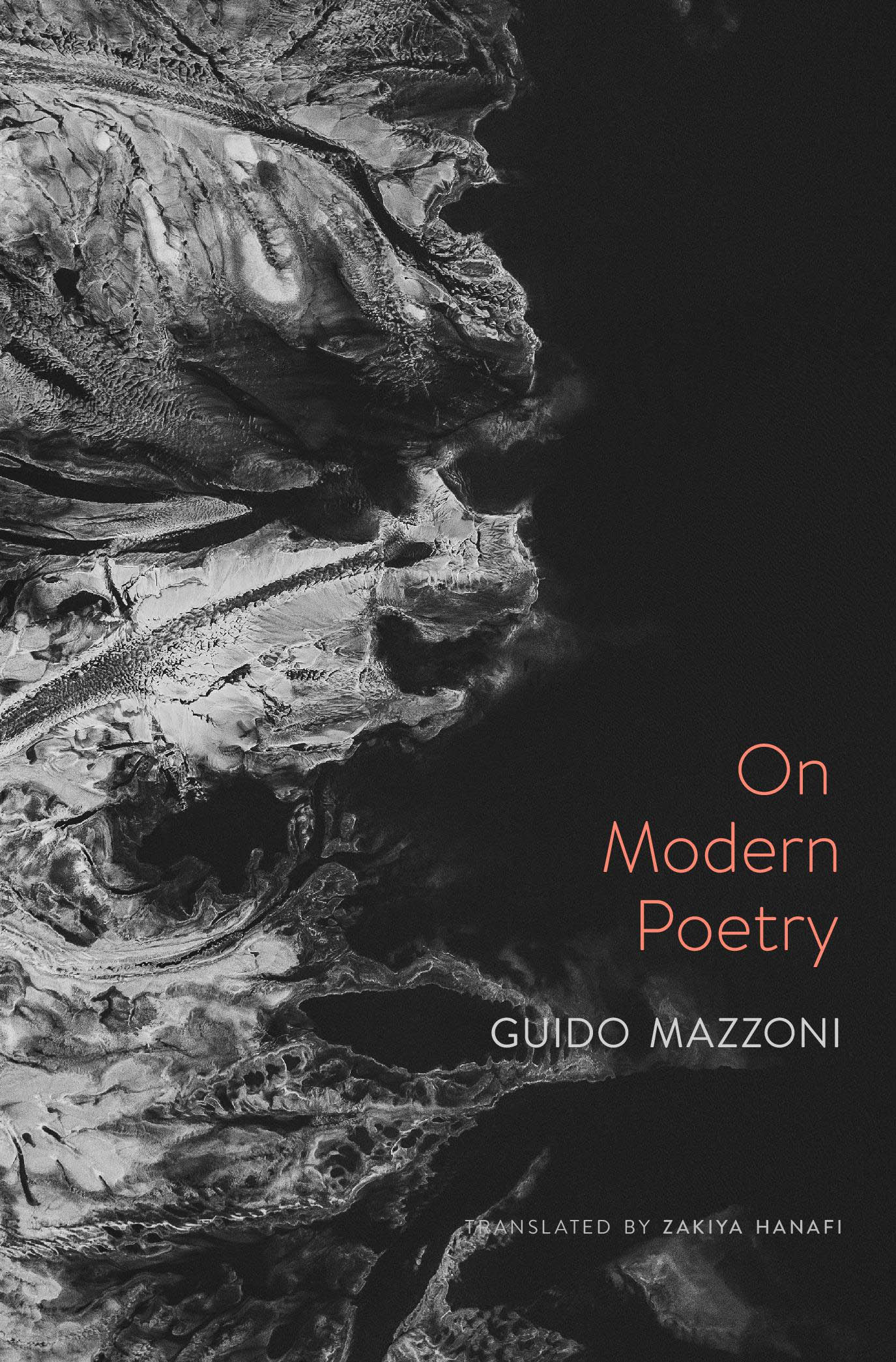On Modern Poetry
GUIDO MAZZONI

Translated by Zakiya Hanafi
THE BELKNAP PRESS OF HARVARD UNIVERSITY PRESS
CAMBRIDGE, MASSACHUSETTSLONDON, ENGLAND2022
Copyright 2022 by Guido Mazzoni
First edition originally published in Italian as Sulla poesia moderna (Bologna: Societ editrice il Mulino, 2005)
All rights reserved
Jacket photograph: Abstract Aerial Art | Getty Images
Jacket design: Lisa Roberts
978-0-674-27616-1 (EPUB)
978-0-674-27629-1 (PDF)
978-0-674-24903-5 (CLOTH)
The Library of Congress has cataloged the printed edition as follows:
Names: Mazzoni, Guido, 1967 author. | Hanafi, Zakiya, 1959 translator.
Title: On modern poetry/Guido Mazzoni ; translated by Zakiya Hanafi.
Other titles: Sulla poesia moderna. English
Description: Cambridge, Massachusetts : The Belknap Press of Harvard University Press, 2022. | First edition originally published in Italian as Sulla poesia moderna (Bologna : Societ editrice il Mulino, 2005)Title page verso.
Identifiers: LCCN 2021038963
Subjects: LCSH: Italian poetry19th centuryHistory and criticism. | Italian poetry20th centuryHistory and criticism. | Poetry, Modern19th centuryHistory and criticism. | Poetry, Modern 20th centuryHistory and criticism. | Lyric poetry. | Literary form.
Classification: LCC PQ4109 .M3913 2022 | DDC 809.1/03dc23/eng/20211213
LC record available at https://lccn.loc.gov/2021038963
CONTENTS
The first edition of this book came out in Italian in 2005 with the title Sulla poesia moderna. On Modern Poetry is a revised version, updated to reflect secondary sources that have appeared since then, some of which have contributed to reshaping my ideas.
Titles of foreign-language works are shown in English if the translated version has entered into common use (Republic, Aeneid, War and Peace) and in the original language if the translated version has not entered into common use (Liber, Canzoniere, Un coup de ds). In the case of a few foreign-language poems whose titles have not entered into common use but are cited repeatedly in the text, at first reference their titles appear in both the original language and the English translation; subsequently, to provide a more fluent reading experience, they are referred to by their English titles alone. The original title in both cases is shown in the note along with the original date of the text. Some foreign-language expressions have been translated into English and placed in parentheses to aid understanding; other easier-to-understand expressions have not been translated.
When passages from secondary literature are quoted, the English-language version is used whenever possible; when this is not available, they have been translated directly from the originals. In certain cases, some changes have been made to ensure that the critical passages accurately reflect the literary work under discussion. Some poems have been translated by Zakiya Hanafi so that the English translation is as close to the original as possible.
The forms of art register the history of humanity with more justice than do historical documents.
Theodor W. Adorno
Giacomo Leopardis complete works include fourteen series of preparatory notes written between 1819 and 1834 and published in 1878 under a title chosen by the editor: Disegni letterari, or, in English, Literary Designs. The notes are varied and difficult to compare with each other. Some fill several pages and carefully describe the texts that Leopardi intended to work on, while others do no more than put vague possibilities to paperideas rarely embarked on and almost always abandoned, as suggested by the impressive number of projects listed: more than a hundred and sixty just on the sheets in our possession. Part of the list was drafted in a hurry, without much thought. Precisely for this reason, it is an extraordinary document. Setting out the texts that Leopardi had been working on for some time alongside his impromptu desires, leaving a trace of real projects as well as hazy ambitions, his Literary Designs describes the range of possibilities available to an Italian writer of that period and of that social classthe topography of his literary space.
I call literary space the set of works that writers of a particular period judge reasonable to write and believe are in keeping with the times, to use the metaphor on which every form of historical knowledge is based. Our current literary space includes the genres that are still alive, the works to which it makes sense to dedicate oneself in the early twenty-first century if one hopes to satisfy the tastes of a mass or elite audience: countless varieties of novels and poetry, some residual forms of theater, screenplays for movies and television, journalism, and nonfiction. Between 1819 and 1834, the writer who today is thought by many to be the first modern Italian poet considered very different works in keeping with his times: a novel that tells the story of a woman forced to become a nun, modeled after Denis Diderots La Religieuse; the life of General Kosciuszko, in imitation of the life of Agricola by Tacitus; a historical novel according to the taste of Xenophons Cyropaedia, which would have recounted the destiny of a great nation gone into decline and then restored to its former dignity; a didactic poem on the woods; the lives of illustrious Italians, in the likeness of those by Cornelius Nepos and Plutarch; a tragedy on Iphigenia; novelle similar to those of Ludovico Ariosto written in ottava rima; a poem or novel modeled on Alexander Popes The Rape of the Lock; a prose epic in imitation of Fnelons Les Aventures de Tlmaque; some idylls expressing situations, affections, historical adventures of my soul, that is, short poems on an autobiographical subject; a novel, Eugenio, in imitation of Johann Wolfgang von Goethes The Sorrows of Young Werther; a series of philosophical odes modeled on William Collins; and so on. The reader of today cannot help but be surprised by the dissonances created by certain combinations. It seems inconceivable to us that a novel in imitation of Diderots La Religieuse can coexist with biographies written in imitation of Cornelius Nepos, Plutarch, and Tacitus; or that the project of a novel about an intellectual hero modeled on The Sorrows of Young Werther could be contemporary with the project of a prose epic modeled on Les Aventures de Tlmaque. Two centuries later, we know that the works listed by Leopardi belong to two historical worlds, one modern and onefor want of a better expressionwe will continue to call premodern. But Leopardi did not see it that way.
In only a few pages, this discordant list condenses in its dissonant brevity the effects of a great metamorphosis that European literature experienced between the late eighteenth and early nineteenth centuries, transmitting to us a vivid impression of the change and the image of its force. Like an artifact whose meaning is only decipherable centuries later, Leopardis projects register the moment when a new literary space appears alongside an old one with a tradition lasting thousands of years. Leopardi thought it was still possible to move around in both, whereas those who read this assortment looking back from the present are surprised by the conflict between old and new, past and modernity that the writers of that period were unable to perceive. Like Leopardi, after writing


